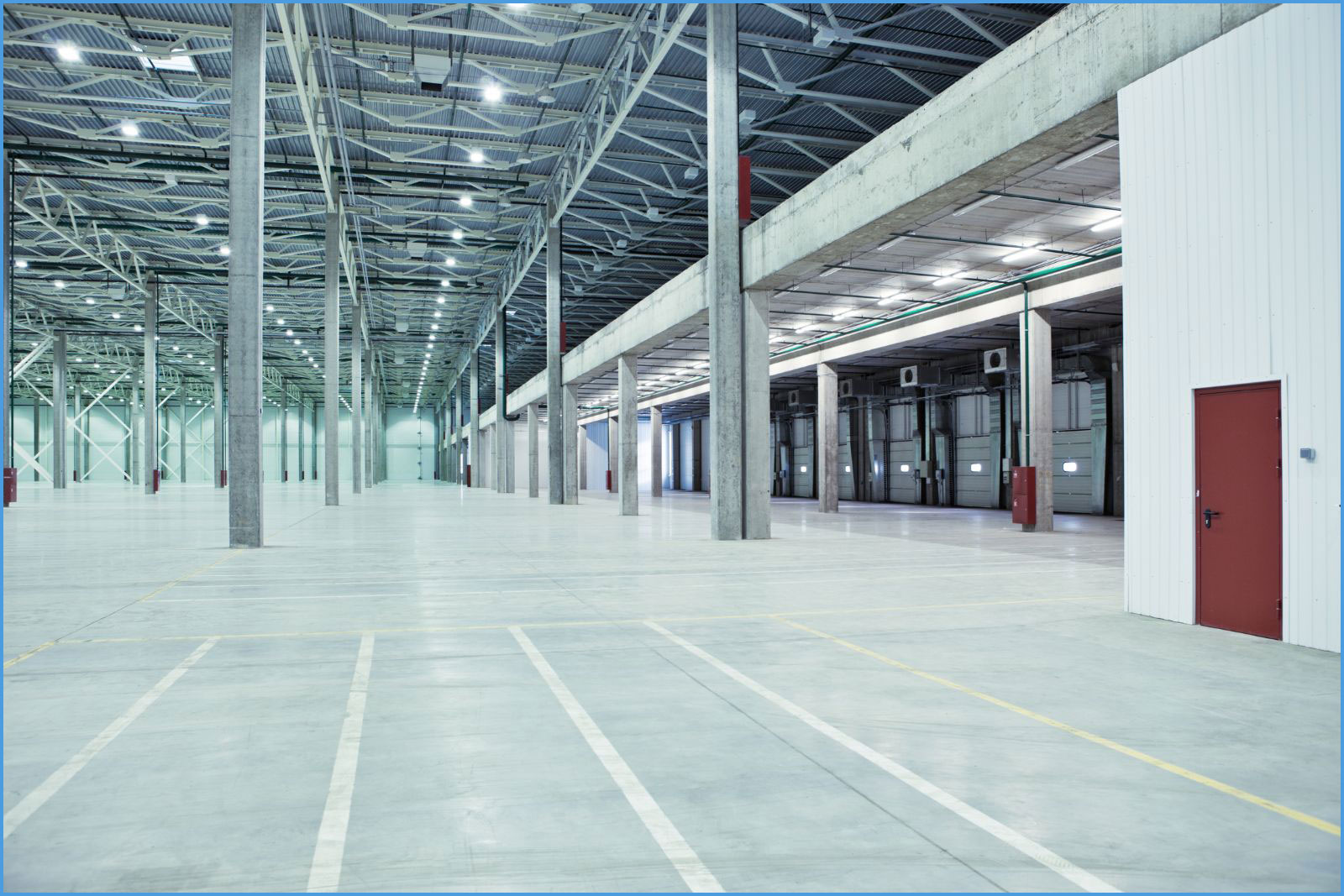From the inconvenience of dropped calls to efficient connectivity
Welcome to today’s digital world… Every time you turn around someone will be using their mobile phone, demonstrating how staying connected is now non-negotiable!
The workplace is no different. Employees rely on their phones for both business and personal purposes. With reliable communication becoming the backbone to any organisation, regardless of sector.
So, with communication being at the forefront of requirements why is it then, that so many UK businesses do not have the capacity of reliable, consistent cellular coverage within their business premises and what additional operational pressures does this cause?
Today’s insight will consider several of the key issues and challenges facing organisations who have little or no indoor cellular coverage before providing a brief understanding of how Data Installation & Supplies (DIS) can support you.
Poor indoor cellular coverage is not only an inconvenience to organisations, with calls missed and dropped due to poor connectivity, but it is also an operational and business critical challenge, that unfortunately the Mobile Network Operators (MNO’s) hold no responsibility for.
The MNO’s responsibility in the UK is to offer 98% population coverage- Only extended to street-level coverage for users. What this equates to is that indoor coverage within your organisation is not within their remit of responsibility.
But why?
Within many buildings, the materials used can play a significant role in reducing indoor cellular coverage.
Common building materials including (but not limited to) cladding, steel, glass, and insulation can all affect your connectivity levels- with these connectivity issues potentially worsening with 5G…
Let us pinpoint some of the issues facing workforces because of poor indoor cellular coverage:
Communication breakdown:
Organisations rely on real-time communications via mobile phones. Inefficient and poor coverage can quickly lead to missed, dropped and/or adept-quality calls resulting in delays, missed opportunities and decreased productivity.
Employee frustration:
There is nothing more annoying than poor cellular coverage, leading to employee frustration, both in terms of wanting to communicate with colleagues and customers and when on breaks wanting to speak to friends or family. This then leads to decrease in morale and job satisfaction, which affects performance, productivity and can account for higher turnover of staff.
Maintenance issues:
The reporting of maintenance issues can be difficult, which leads to equipment downtime and potentially increased costs, specifically when related to third party organisations who are on site, without the ability to communicate time is wasted because of the inability to communicate quickly.
Missed opportunities:
When it comes to lost and delayed phone communications, it can lead to missed opportunities from potential clients, causing significant problems in respect of lost revenue, customer satisfaction and networking partnerships. Not to mention the potential to miss real-time data updates which require swift decision making.
Operational inefficiencies:
This is particularly evident in fast moving industries, such as warehousing- with poor cellular coverage leading to delays, in turn incurring increased costs and inventory management problems.
Customer service issues:
Customers, particularly those who deal with their own account managers expect to be able to contact that person quickly. The delay in speaking to their Account Manager not only gives a negative view of the organisation, but potentially affects both customer satisfaction, customer retention and your business reputation.
Health & Safety and regulatory risk:
In an emergency rapid and reliable communication is fundamental. If an incident or accident occurs and communication was unable to be achieved this not only puts employee safety at risk, but also questions your employer responsibility to ensure a safe environment. This is particularly problematic when you have lone workers.
This insight luckily is not just to address the doom and gloom that many organisations are facing due to poor indoor cellular coverage.
You will be pleased to hear that this does not have to be an issue for your organisation any longer and it is something that DIS can assist you with. Thus, allowing you to regain control of your indoor cellular coverage.
How can DIS help?
By providing your organisation with Smart Cellular Coverage Solutions, installing some of the most advanced OFCOM approved technological solutions available for improving cellular coverage.
We can reform your indoor workplace connectivity, ensuring uninterrupted connectivity and optimising coverage throughout your workplace through installation of Distributed Antenna Systems.
At DIS we are proud to work closely with our partners, where together we can solve your cellular coverage challenges by delivering bespoke, robust coverage solutions inside buildings and internal spaces to create a connectivity-positive environment for your organisation and workforce.
If you would like to better understand how DIS can support your organisation in improving your indoor cellular coverage, in turn elevating your workplace connectivity please contact us
on 01274 869 099 or info@disnorth.com and one of our team will be happy to provide you with some more information, specific to your organisation.

